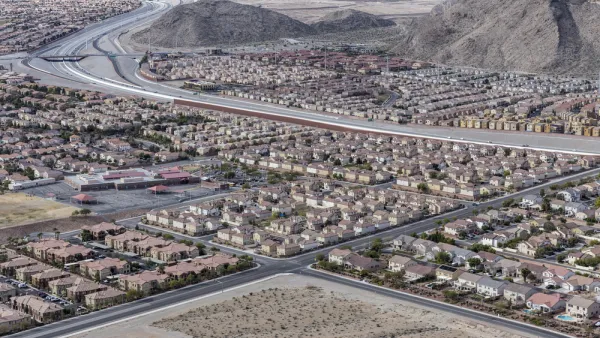A recent book examines the causes and effects of the 'persistent and long standing problem of concentrated poverty in the inner city' and offers recommendations for breaking the cycle. Do we have the commitment to fix the problem?
Joe Kriesberg examines Stuck in Place: Urban Neighborhoods and the End of Progress toward Racial Equality, by Patrick Sharkey, which reveals how "the negative impacts of concentrated poverty deepen as successive generations of the same family live in poor neighborhoods, especially for African American families." Among other key findings, Sharkey's analysis shows that disadvantage can be inherited, African Americans suffer significantly higher rates of downward mobility, and neighborhood improvements can dramatically raise "the economic fortunes of black youth." Another compelling finding:
The “most common pattern of neighborhood ‘improvement’ for African Americans in the 1980s entailed improvement in the economic status of residents combined with ethnic diversification in the form of a rise in Latino and foreign born newcomers.” This is very different than the “common conception of gentrification which often connotes a racial turnover where new white entrants …displace original minority residents,” writes Sharkey.
To tackle the cycle of disadvantage and its impacts, he recommends programs targeted at the neighborhood, regional, and national levels simultaneously.
"Sharkey recognizes the need for many different strategies, emphasizes the long term nature of this work, and cautions against policies that look for a quick fix," adds Kriesberg. "With all of this, Sharkey remains hopeful as there is significant evidence that we can make progress if we as a society are prepared to make a deep and durable commitment to doing so."
FULL STORY: Are Poor Families Stuck in Place?

Analysis: Cybertruck Fatality Rate Far Exceeds That of Ford Pinto
The Tesla Cybertruck was recalled seven times last year.

National Parks Layoffs Will Cause Communities to Lose Billions
Thousands of essential park workers were laid off this week, just before the busy spring break season.

Retro-silient?: America’s First “Eco-burb,” The Woodlands Turns 50
A master-planned community north of Houston offers lessons on green infrastructure and resilient design, but falls short of its founder’s lofty affordability and walkability goals.

Test News Post 1
This is a summary

Analysis: Cybertruck Fatality Rate Far Exceeds That of Ford Pinto
The Tesla Cybertruck was recalled seven times last year.

Test News Headline 46
Test for the image on the front page.
Urban Design for Planners 1: Software Tools
This six-course series explores essential urban design concepts using open source software and equips planners with the tools they need to participate fully in the urban design process.
Planning for Universal Design
Learn the tools for implementing Universal Design in planning regulations.
EMC Planning Group, Inc.
Planetizen
Planetizen
Mpact (formerly Rail~Volution)
Great Falls Development Authority, Inc.
HUDs Office of Policy Development and Research
NYU Wagner Graduate School of Public Service




























